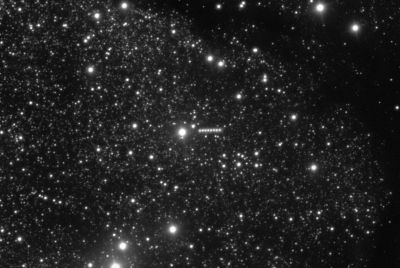Avi Loeb Says 3I/ATLAS Has 40% Chance of Being Alien Tech—Here's Why
Is 3I/ATLAS an alien mothership? Harvard's Avi Loeb says there is a '40% chance' based on its chemical and orbital anomalies.
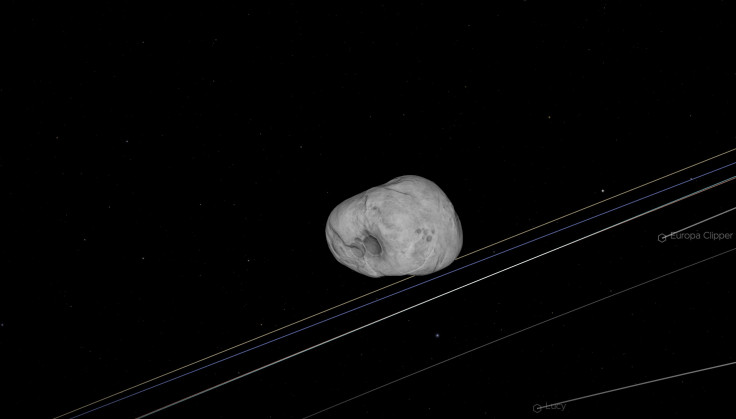
What if our first 'first contact' isn't a friendly greeting, but a silent, massive object hurtling past our planet disguised as a comet? This is the provocative question being posed by one of the world's most prominent astronomers. The debate over the interstellar object 3I/ATLAS has moved from scientific curiosity to sensational urgency, as Harvard astrophysicist Dr Avi Loeb has now publicly stated there is a '40% chance' it is alien technology.
This is not a fringe claim from a minor voice; Loeb is the former chair of Harvard's astronomy department. His assertion, which has electrified social media, is not based on a single observation but on a growing list of 'anomalies', a collection of bizarre characteristics that make 3I/ATLAS unlike any natural object humanity has ever witnessed.
In recent interviews, Loeb explained his reasoning for the specific 40% figure, arguing that while the chance is not 100%, the sheer number of accumulating anomalies makes a "business as usual" natural explanation increasingly unlikely. He insists a probabilistic approach is the only scientific way forward. While most of the scientific community insists it is just a very strange comet, Loeb argues that we must seriously consider the alternative.
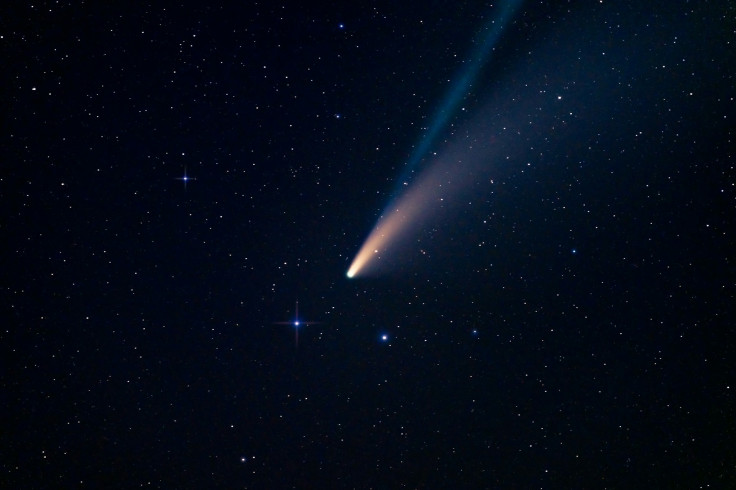
A List of Anomalies: The Growing 'Case File' on 3I/ATLAS
The case for 3I/ATLAS being something more than a comet begins with its chemical fingerprint. In the grand forge of the cosmos, nickel and iron are 'cosmic twins', always found together. 3I/ATLAS has shattered this rule. Observations confirmed it is venting a plume of pure nickel gas, completely devoid of its iron partner.
This chemical signature is, as Loeb has pointed out, unheard of in nature. 'There is only one place where that is known to exist and that is in industrially produced nickel alloys,' Loeb stated. 'This was never observed for any other object.' This 'impossible' chemistry is the first pillar of Loeb's 40% argument: if its composition is not found in nature, it must, by definition, be artificial.
This discovery is just one piece of the puzzle. The object's gas plume, or 'coma,' is itself a paradox. Data from the James Webb and SPHEREx telescopes revealed the gas is composed of 95 per cent carbon dioxide and only 5 per cent water. This is the inverse of what we expect from a 'dirty snowball', which should be rich in water ice.
Furthermore, 3I/ATLAS is not behaving like a comet. It lacks a traditional, flowing tail pushed by solar winds. Instead, images have shown a powerful jet of material blasting towards the Sun, a behaviour that defies conventional cometary physics.
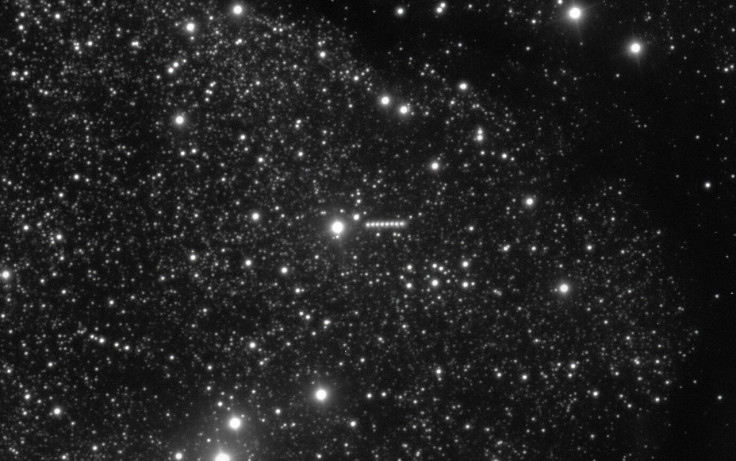
A 'Finely-Tuned' Trajectory for 3I/ATLAS?
Beyond its composition, it is the object's path that has raised the most alarms. 3I/ATLAS is massive, estimated to be 'Manhattan-sized' at 5.6 kilometres wide, and it is moving at an incredible velocity. Yet, its trajectory is almost perfectly aligned with the ecliptic plane, the flat disc upon which all planets in our solar system orbit. Loeb and others have argued the statistical probability of a random interstellar visitor arriving on such a 'finely-tuned' path is incredibly low.
This statistical improbability is a key factor in Loeb's 40% calculation. He argues that an alien civilization sending a probe would intentionally aim for the ecliptic plane, as it is the most 'target-rich environment' for observing planets. A random comet would not, making this precise path a potential indicator of design, not chance.
This precise trajectory has fuelled Loeb's most startling theory: that 3I/ATLAS is a 'technological mothership.' He speculates it could be an advanced probe designed to release smaller 'mini-probes' as it passes key targets, such as its recent close flyby of Mars. This, combined with its other anomalies, paints a picture of an object whose characteristics might not be accidental, but deliberate.
The 3I/ATLAS 'Stealth' Manoeuvre
The mystery is set to reach its climax. 3I/ATLAS is currently approaching its perihelion, its closest point to the Sun, which it will reach around 29 October. Critically, during this exact period, the object will be hidden from all Earth-based telescopes, masked by the Sun's intense glare.
Loeb finds this timing highly suspicious. This 'blind spot' is the final piece of evidence supporting his 40% claim. He has suggested that this 'blind spot' would be the perfect opportunity for a technological object to perform an 'Oberth manoeuvre,' using the Sun's immense gravity to execute a powerful engine burn to accelerate or decelerate. Such a manoeuvre, if it is happening, would be conveniently hidden from our view.
A natural object has no reason to 'care' if it is hidden, but a technological one would find this 'opportune' moment perfect for a 'stealth' burn, a key indicator of intent.
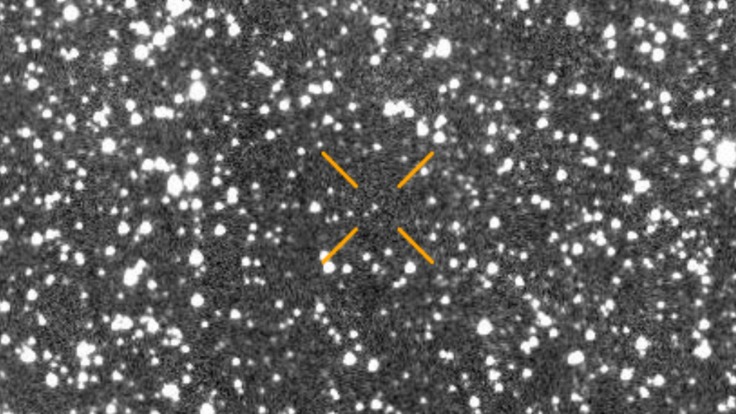
While the scientific consensus remains firm that 3I/ATLAS is a natural, if deeply weird, comet, the questions raised by its 'impossible' chemistry and suspicious path remain. We can only wait for it to re-emerge from the other side of the Sun.
Loeb has stated that if 3I/ATLAS re-emerges with a changed trajectory or velocity—proof of a manoeuvre—his 40% estimate 'would rise significantly.'
The solar system's most mysterious visitor, 3I/ATLAS, is now at its moment of truth. Hidden from our view by the Sun's glare, it is making its closest approach, a period Dr Avi Loeb calls suspiciously 'opportune' for a technological manoeuvre.
The scientific community is holding its breath. Will it re-emerge in November as the same object, or will its trajectory have changed? Will we detect new signals? This is a 'black swan' event in the making. Keep your eyes on the sky, follow the data as it comes in, and join the conversation as we await the verdict.
© Copyright IBTimes 2025. All rights reserved.














